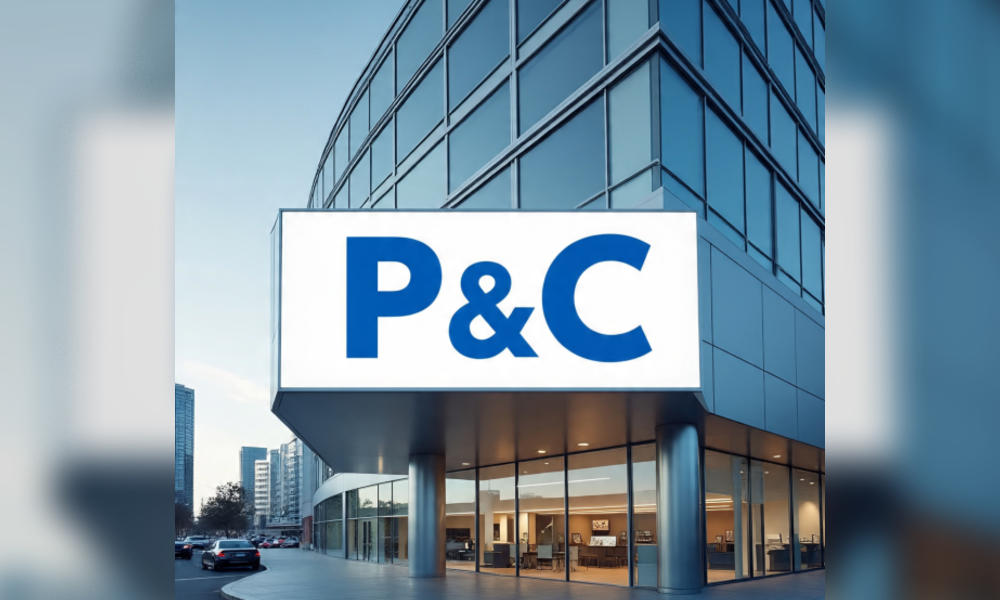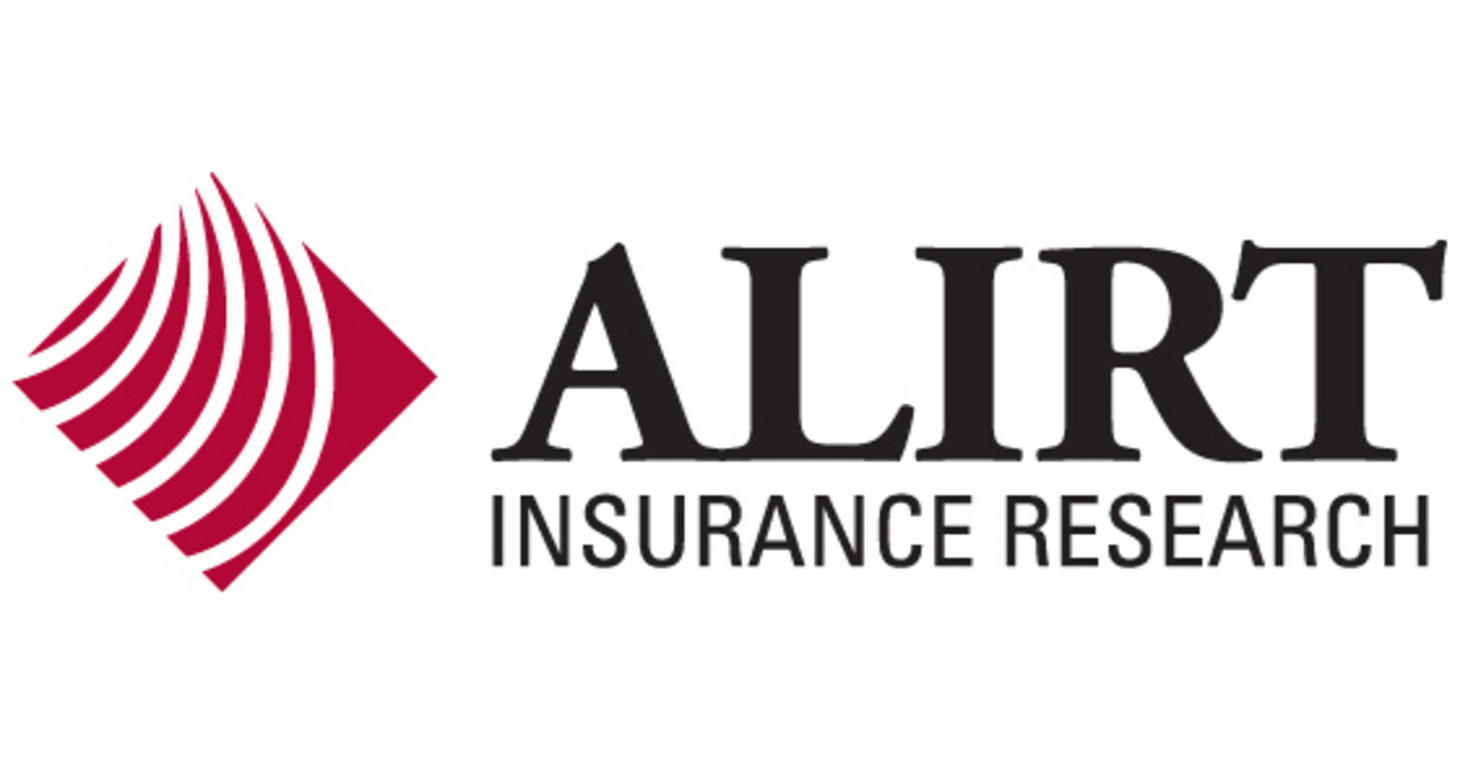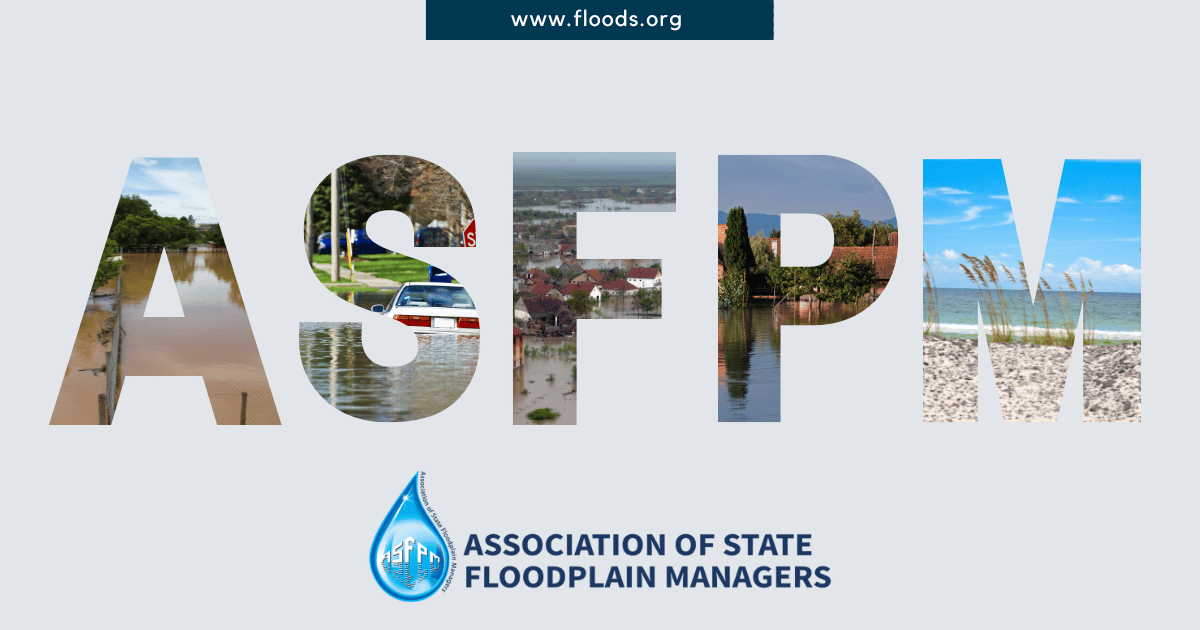AI in Insurance

Context Over Prompts: The Critical Shift for AI Success in Insurance : Risk & Insurance
Artificial intelligence "magic" isn’t in the phrasing of prompts anymore; it’s in the information the AI has at its disposal.
A few years ago, I attended an insurance technology conference where one session after another focused on the art of the perfect prompt. We all scribbled down example instructions, as though capturing secret recipes, convinced that if we found the right wording, artificial intelligence (AI) would transform our businesses. It felt a bit like learning to speak a new language overnight. Fast forward to today, and the conversation has shifted completely.
The magic isn’t in the phrasing anymore. It’s in the information the AI has at its disposal.
As these models have grown smarter, they no longer require detailed instructions. Instead, what matters now is ensuring the AI has access to the right information: what has worked for your business, which data drives actual outcomes, and what’s relevant for the problem at hand. This gave rise to what’s now called context engineering, the practice of intelligently managing what information the AI can access when making decisions.
The Shift in Practice
In 2023, evaluating a workers’ compensation claim with AI meant writing a prompt that specified every step. First, check the injury date. Verify employment status. Review medical documentation. Assess state regulations. Calculate benefit rates. Insurance companies maintained libraries of these prompts, some running thousands of words, trying to capture every possible scenario. The use cases were limited to simple Q&A and basic document generation.
Today’s models already understand what claims processing involves. They know medical review means checking diagnoses against treatment protocols. They understand that employment verification requires confirming active status at the time of injury. The intelligence is there.
But intelligence without information is useless. A model might understand claims processing perfectly, but if it cannot access the injured worker’s previous treatment history, the employer’s policy details, or the relevant state regulations, it cannot make decisions. The challenge shifted from teaching the AI what to do to ensuring it has the right information to work with.
Sean G. Eldridge is the Co-founder and CEO of Gain Life, a venture-backed insurance technology company that helps individuals and organizations return to health, work, productivity, and financial wellbeing
Commentary/Opinion
Why Did My Car Insurance Go Up? The Factors Behind Rate Hikes
Car insurance rates have surged in recent years, but relief might be on the horizon
Key takeaways
- Your car insurance rates might go up because of an increase in claims in your area, inflation or supply chain issues.
- Car insurance rate hikes seem to be steadying for the first time in recent years.
There are ways to minimize rate increases.
Car insurance costs started to surge in 2020, largely due to the Covid-19 pandemic and ongoing inflation and supply chain issues. Thankfully, the tide seems to be turning.
According to a recent LexisNexis study, nearly 40% of recent rate fillings among the top 25 auto insurers were for rate reductions—a hopeful sign for many drivers. Still, you might find your car insurance recently went up at renewal time even if you didn’t file a claim. That’s because while car insurance premiums seem to be steadying, regional, economic and industry-wide factors and shifts will continue to affect how much you pay.
Insurance at a Crossroads | Insurance Thought Leadership
Insurance companies confront mounting litigation, shrinking capacity and regulatory pressures demanding faster, smarter decision-making.
The insurance market has been under increased pressure throughout 2025 from every direction. Litigation is becoming more aggressive, capacity is tightening, and regulations are changing fast. For brokers, MGAs, carriers, and capital providers, these forces aren't abstract — they're reshaping day-to-day decisions, from pricing and reserving to partner selection and tech investment.
Stitching it all together is the urgent need for real-time insight into data, operational agility, and underwriting accuracy. Insurance companies that respond quickly, make better-informed decisions, and provide great customer service are already pulling ahead of the competition.
Jeff Heine is the chief revenue officer at Betterview.
News
Ford CEO sees EV market share dropping by half without tax credit
Ford Motor Co. CEO Jim Farley on Tuesday said he wouldn't be surprised if electric vehicle sales in the United States fall by half after the expiration of the federal tax credit for plug-in vehicles.
Tuesday is the last day consumers could take advantage of the up-to-$7,500 tax credit, though Ford and General Motors Co. have found a workaround to continue offering taxpayer-funded discounts beyond the deadline. But that won't last forever, Farley said, and the impact of the end of the tax credit will be significant, especially with the U.S. Environmental Protection Agency ordered to roll back greenhouse gas emissions targets — opening opportunities for Ford in the mix of vehicles the Dearborn automaker can sell.
General Motors Insurance to cut Florida rates after slow start
General Motors Insurance is now available to car owners in Florida, its 18th state launch. Alongside Florida, the company is active in Arizona, Texas, Georgia, Minnesota, Iowa, Missouri, Illinois, Indiana, Ohio, Pennsylvania, Tennessee, Virginia, Alabama, Oklahoma, Arkansas, Colorado, and Louisiana, with plans to reach 20 states by year-end.
Barely 2 months after introducing its Florida auto program, GM National Insurance Company filed for a 19.5% base rate decrease. The filing cites lower-than-expected quote conversion rates and aggressive competitor cuts, including reductions from Progressive, State Farm, and Allstate North American Insurance Company.
“Rates for our program were initially selected in Fall of 2024 with our initial filing but were not implemented until 8/1/25. During that time carriers in our market basket have reduced rates and our selected average premiums, which were competition based, are higher than anticipated in market.”
Research

Carrier profitability: Linking premiums growth to combined ratio movement
US P&C premiums soared 40% in a decade – yet profit margins kept tightening
Profitability in the US property and casualty (P&C) market historically comes with volatility in premium growth. Over the past decade, direct premiums earned rose more than 40 percent, according to the Property & Casualty Financial Insights, but profit margins tightened.
Rising premiums may reflect carriers’ increased exposure and prices, yet topline growth can erode from outside headwinds; catastrophe losses, social inflation, and reinsurance cost pressures.
For actuaries, finance leaders, and strategy teams, the real challenge lies in discerning between the market's cyclical movements, and foundational shifts in loss ratios, expense ratios, and overall underwriting performance.
A premium and profitability disconnect
Between 2014 and 2024, direct premiums earned expanded from $544 billion to $776 billion, representing an average annual growth rate of roughly 3.5 percent. The trajectory is relatively stable, reflecting both underlying exposure growth and rate adequacy adjustments driven by evolving market conditions.
In contrast, the combined ratio fluctuated more significantly. While all years remained below the 100 percent threshold (indicating underwriting profitability), the lowest point was at the start of the period – 74.5 percent in 2014 – reflecting strong underwriting margins. More recent years, particularly 2022 and 2023, saw deterioration into the mid-80s, suggesting increased loss pressure and expense strain despite premium growth. MORE
2025 U.S. Independent Agent Satisfaction Study | J.D. Power
Many Carriers Fail to Meet Agents’ Most Basic Informational and Communications Needs
Despite being responsible for more than 61% of all property and casualty (P&C) insurance policies written,1 independent insurance agents say they are not getting the support they need from their carriers. According to the J.D. Power 2025 U.S. Independent Agent Satisfaction Study,SM released today, just 56% of personal lines agents and 57% of commercial lines agents say their carriers are meeting their foundational needs. Even more concerning, 25% of personal lines agents and 22% of commercial lines agents perceive insurers do not value them as partners.
The study, now in its eighth year, was developed in conjunction with the Independent Insurance Agents & Brokers of America (IIABA). It evaluates the evolving role of independent agents in P&C insurance distribution, general business outlook, management strategy and overall satisfaction with personal lines and commercial lines insurers in the United States.
“Independent insurance agents are working on the front lines of an extraordinarily challenging market environment right now, where rates are still at or near historic highs and large numbers of insureds are shopping around for new policies,” said Craig Martin, executive director, global insurance intelligence at J.D. Power.
“To do their jobs well and continue to effectively match their clients with the right carrier, agents need to understand the carrier’s risk appetite and priorities to align the right customer with the right policy. Far too frequently, independent agents aren’t getting the critical information they need to be efficient and effective, which wastes time and resources of both agents and carriers.”
InsurTech/M&A/Finance💰/Collaboration

Digital Insurance's Meet the Insurtech database | Digital Insurance
An exclusive, up-to-date directory of our Meet the Insurtech profiles for Digital Insurance subscribers.
Digital Insurance has built an exclusive directory of the Meet the Insurtech profiles for subscribers. The list includes recent funding information, what pain points the technology solves and other relevant insights related to the company. It is consistently updated with new insurtechs featured in our series.
Financial Results

The U.S. Surplus Lines Market Continues to Shine: ALIRT Insurance Research Releases Its Annual E&S Market Update
ALIRT recently released its annual Surplus Lines study, both to corroborate what others in the industry are seeing as well as to provide an update as of the Six Month 2025 reporting period for this important and growing sector of the U.S. property & casualty industry.
This study first considers the overall U.S. surplus lines industry based on insights gleaned from both A.M. Best and U.S. Surplus Lines Service and Stamping Offices. It then reviews the historical development of its own 50-company E&S Lines Composite up to and through the 6 month 2025 reported financial results, including commentary on revenue growth, earnings trends, and balance sheet strength. It concludes with a discussion of the financial profiles/ALIRT Scores of each of the composite insurers, ranked high to low.
General findings:
Unsurprisingly, the performance trends of ALIRT's 50-Company E&S Composite reflect those of the overall surplus lines market, showing outsized revenue growth relative to the broader U.S. property & casualty industry as well as surging profitability margins over the past three and a half years especially.
As regards the operating performance of leading individual surplus lines insurers, ALIRT reports that none of the 50 E&S Composite members fell outside its historically normal scoring range (39-61) as of 6 months 2025, while seventeen carriers in the cohort actually outperformed this range. Appendices list the historical score performance for each of the composite insurers.
ALIRT continues to believe that the U.S. E&S market is best viewed through the lens of the larger U.S. P&C industry given that the vast majority of surplus lines insurers are tightly integrated into larger insurance organizations. This can be seen in their extensive participation in intercompany pools (often 100% reinsured) or other affiliate reinsurance arrangements
Announcements

BriteCore Unveils Next Wave of Core System Innovations
BriteCore Unveils Next Wave of Core System Innovation to Transform Claims, Payments, and AI for Mid-Sized Insurance Carriers and MGAs
BriteCore, the leading provider of cloud-native core insurance solutions for P&C insurers and MGAs, today announced three major areas of product innovation designed to streamline insurance operations, lower costs, and harness the power of emerging technologies. These advancements—spanning claims, payment processing, and artificial intelligence—reinforce BriteCore’s commitment to helping carriers operate more efficiently, scale seamlessly, and deliver superior policyholder experiences.
Significant enhancements and innovations are arriving in the BriteCore Claims module, designed to streamline workflows, improve visibility across teams, and save time where it matters most. A modernized user interface makes the claims process faster and more intuitive, while new features such as claims bifurcation, advanced search capabilities, and auto assignment of adjusters by group simplify daily operations.
Today

What a Government Shutdown Means for the NFIP
A government shutdown would significantly impact the National Flood Insurance Program as it would not be allowed to enter into any flood insurance contracts.making a government shutdown seem more likely by the day. Without a budget resolution in place by the Sept. 30 deadline, federal agencies must stop all non-essential work.
In a memorandum issued this week, FEMA said the shutdown “would significantly impact the NFIP’s normal operations” because it would not be allowed to enter into any flood insurance contracts. The FEMA guidance also contains a helpful FAQ section and sample letter that could be used to communicate the effects of the lapse in authority with prospective policyholders.
During a lapse in authority, a WYO Company or NFIP Direct may not:
- Issue policies for new business;
- Issue policies for requests to increase or add coverage; or
- Issue renewal notices.
Existing policies that do not expire during the shutdown will still be in effect and claims can be paid out, however with the lapse in authority, thousands of real estate transactions where flood insurance is required by Congress could be impacted.
Podcast Sponsor

Audio Version - 'Connected: The Podcast' --- Sponsored by Pulse Podcasts
The ‘Connected’ Podcast by Alan Demers and Stephen Applebaum, is a condensed audio version of the day's ‘Connected' newsletter, a daily scan of all the happenings in the world of Insurance & InsurTech News.
Pulse Podcasts: Introduce a new way for your audience to hear your voice! We are a podcast creation service that helps businesses turn their written content, like blog posts and news articles, into beautiful podcasts. Our platform writes the script, records the voices, and mixes the audio to create engaging content for your audience. It's affordable and has super-fast turnaround!
LISTEN AND SUBSCRIBE BELOW
